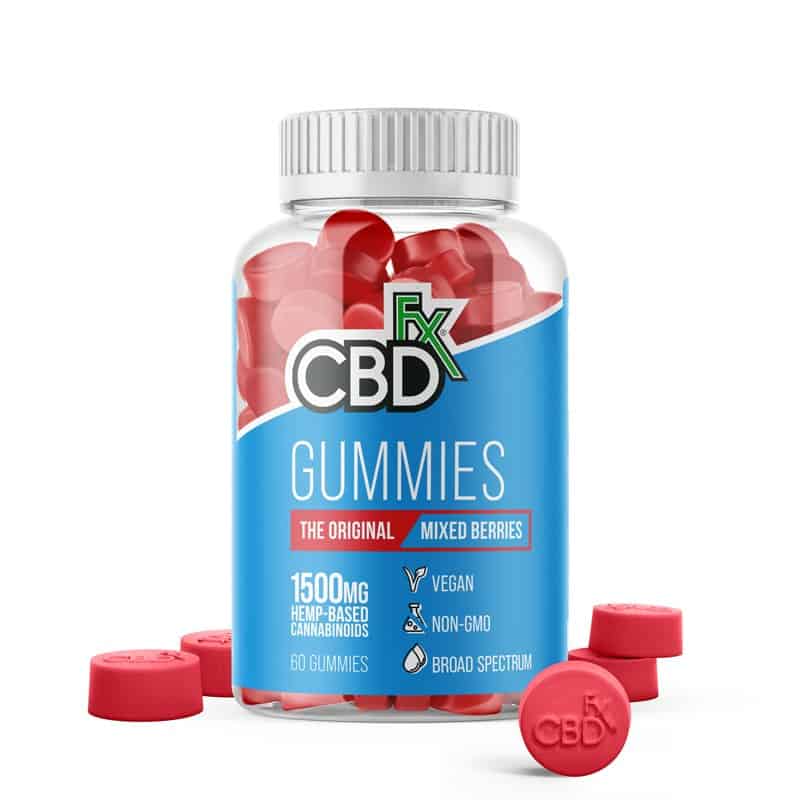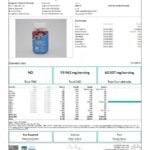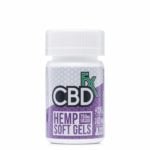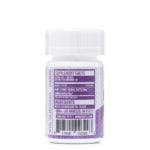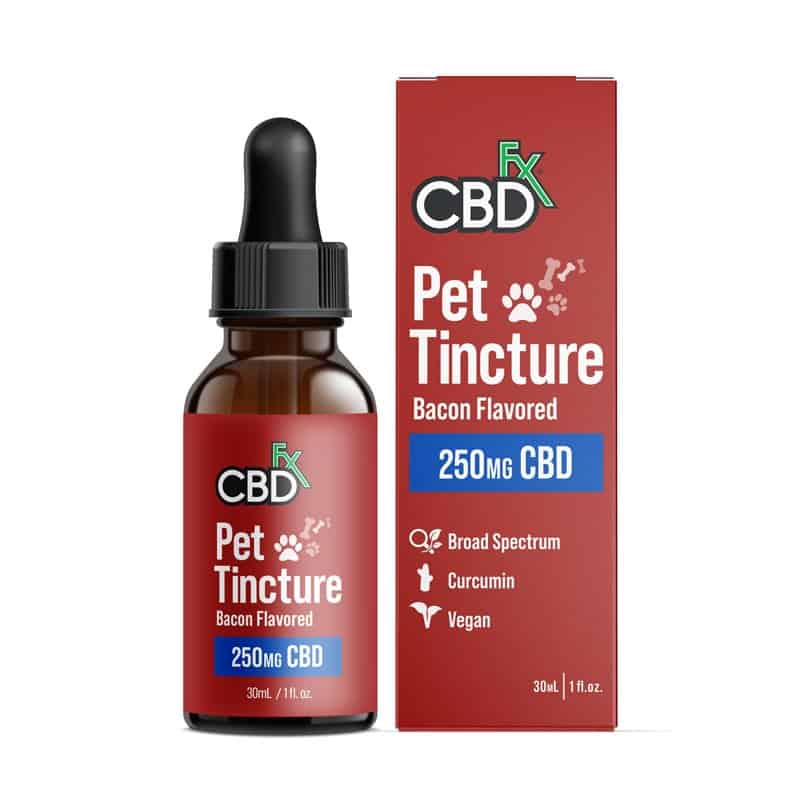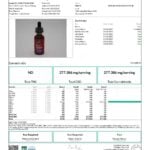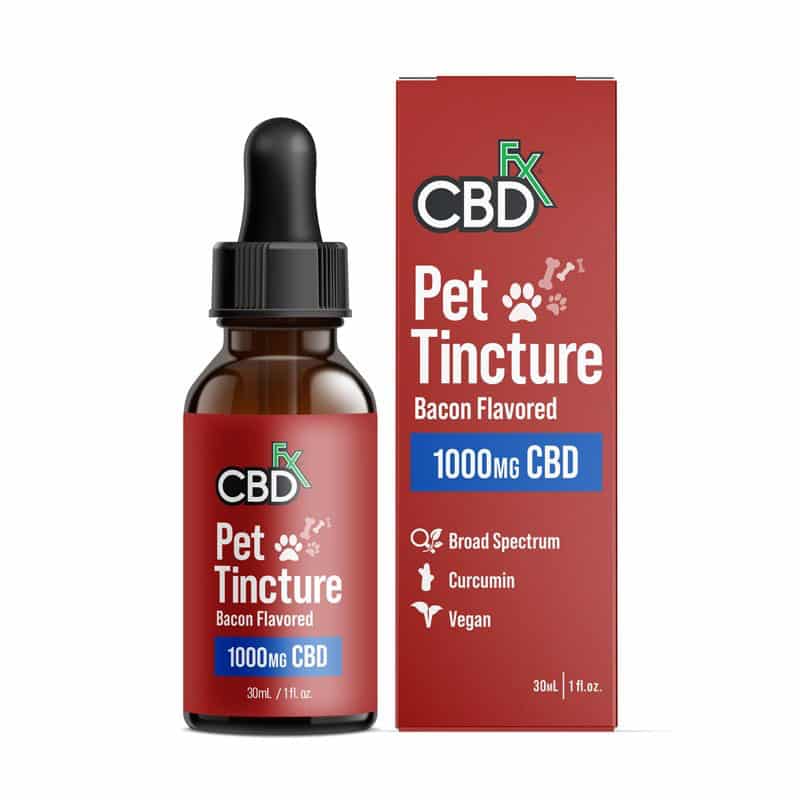
What is Considered High THC
THC, or tetrahydrocannabinol, is the primary psychoactive compound found in cannabis, making it responsible for the euphoric effects associated with marijuana use. Understanding THC potency in cannabis products is crucial for consumers and regulators alike, as it determines the intensity of the psychoactive effect experienced by users. In this article, we will delve into the definition and significance of high THC content, exploring its effects, implications, and regulatory considerations.
This post is intended as information and for general knowledge only. It is not a substitute for medical advice, diagnosis, or treatment. It is recommended that you talk to a healthcare professional about this before introducing cannabinoids into your daily routine (especially if you have been diagnosed with any medical conditions or are under any medication). It is not recommended to drive or operate any machinery when using cannabis- or hemp-derived products. Use responsibly!
What is THC
THC has a molecular formula of C21H30O2 and is part of a group of natural compounds called cannabinoids, found in the cannabis plant. Among the many cannabinoids, THC stands out as the one with the most significant psychoactive properties. When consumed, THC interacts with the endocannabinoid system in the human body, specifically binding to CB1 receptors in the brain. This interaction leads to the euphoric “high” feeling experienced by users.
Although THC is associated with psychoactive effects, it also holds potential therapeutic benefits. Medical applications of THC-based medications include pain relief, nausea suppression, and appetite stimulation, particularly in conditions like cancer, AIDS, and multiple sclerosis. However, it is essential to recognize potential risks, such as impaired cognition and mental health issues, which may arise from prolonged high THC use.
THC Content in Cannabis Products
Cannabis products come in various forms, each with a different THC content. These products include cannabis flower, concentrates, edibles, tinctures, and topicals. The THC content can significantly vary between these product types due to different extraction and manufacturing processes.
THC levels are measured and expressed as a percentage on product labels. For example, a strain labeled as having 20% THC means that out of the total weight of the product, 20% is THC. Regulatory bodies often set limits on THC content in cannabis products to ensure consumer safety. Transparent and accurate product labeling is crucial to help consumers make informed choices and avoid unintended high THC consumption.
Interpreting THC Potency
Low THC content typically falls within the range of 1% to 5%. Such products are associated with mild relaxation and possible therapeutic benefits, with minimal psychoactive effects. Hemp-derived CBD products are examples of low THC items.
Moderate THC content ranges between 6% and 15% and is known to induce increased euphoria and altered perception. Some strains of cannabis flower fall within this category, offering a balanced experience for users seeking a milder effect.
High THC content, often exceeding 15%, leads to intense psychoactive effects and is associated with potent strains like Godfather OG, OG Kush, and Ghost OG. Cannabis concentrates can also have incredibly high THC levels, providing users with a powerful and immediate effect.
Factors Affecting THC Levels
The THC content in cannabis products is influenced by several factors, including genetics, growing conditions, and post-harvest processing. Cannabis strain genetics plays a significant role in determining the THC potency of a plant. Different strains have varying THC-to-CBD ratios, impacting the overall psychoactive effect.
Growing conditions, such as light, temperature, and nutrients, can also influence THC production in the cannabis plant. Indoor cultivation tends to provide more controlled environments, leading to higher THC concentrations in some cases. On the other hand, outdoor cultivation may result in a more balanced cannabinoid profile.
Post-harvest processing, including drying, curing, and storage, can affect THC levels in the final product. Proper handling is essential to preserve the THC potency and overall quality of the cannabis material.
Implications of High THC
High THC cannabis products have potential benefits in medical marijuana, as they may offer enhanced relief for certain medical conditions. However, there are risks associated with consuming products high in THC, including short-term side effects such as anxiety and impaired motor skills, as well as potential long-term effects on mental health.
It is crucial for users to exercise responsible consumption and dosage to avoid adverse effects. Individual tolerance levels and sensitivity to THC can vary significantly, making it essential for consumers to be mindful of their limits.
Legality and Regulation
The legality of THC varies from country to country and state to state. Some regions have fully legalized recreational and medical marijuana, while others maintain strict prohibitions. These regulations play a significant role in controlling THC potency in cannabis products, aiming to strike a balance between public health concerns and consumer access.
Maximum THC limits are set for various product types in regions with legal cannabis markets, ensuring products do not exceed certain potency levels. Compliance with these regulations is crucial for industry participants to maintain product availability and transparency.
Trends and Future Considerations
The cannabis industry has seen a surge in high THC products driven by consumer preferences. Popular strains with higher THC levels continue to gain traction, as users seek more potent experiences. The ongoing evolution of cannabis breeding techniques may further increase THC potency, raising ethical considerations regarding ultra-high THC strains.
As cannabis regulations continue to evolve, ongoing research and education will shape the responsible use of high THC cannabis products. Public health concerns and societal perceptions will also play a role in determining the future landscape of THC potency in cannabis products.
Conclusion
High THC content in cannabis products significantly impacts the user experience and potential therapeutic benefits. Understanding THC potency is essential for consumers and regulators to ensure safe and informed use of cannabis. Responsible consumption, transparent labeling, and ongoing research will continue to shape the role of high THC products in the cannabis industry.
Also Interesting:
articles/thc-p-vs-thc-o">THC P vs THC O: A Comprehensive Comparison








